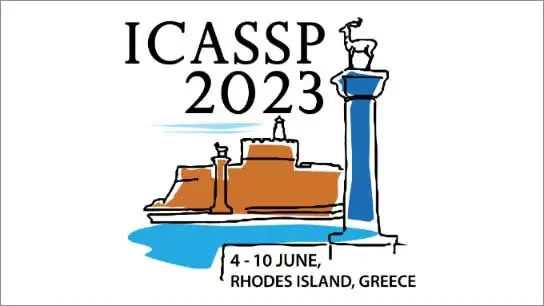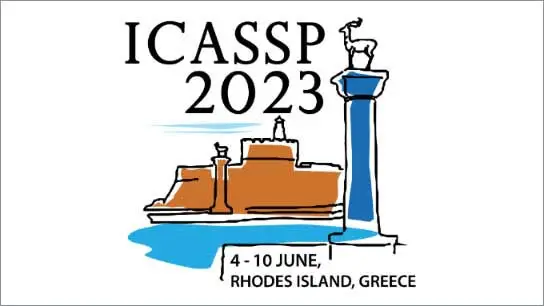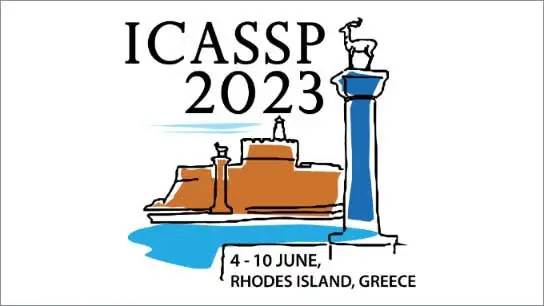INTER-SCALE SURE-LET DENOISE WITH STRUCTURED DEEP IMAGE PRIOR: INTERPRETABLE SELF-SUPERVISED LEARNING
JIKAI LI (Niigata University); Shogo Muramatsu (Niigata Univ.)
-
Members: FreeSPS
IEEE Members: $11.00
Non-members: $15.00
07 Jun 2023
This work proposes a novel image restoration technique inspired by the Ulyanov’s deep image prior (DIP) method. DIP uses a deep convolutional network as an image prior to generate a restored image from a random input one, which brings an advantage of no requirement of training data. However, one problem arises that the interpretability is low and it is not trivial to explain the need for the random input. This paper contributes to give another viewpoint of DIP network training. By using the Stein’s unbiased risk estimator (SURE) with Monte-Carlo computation, a self-supervised learning method of image restoration is proposed. The proposed method gives us the reason why a random input is needed. Our framework trains an image restorer instead of an image generator, which simplifies the interpretation of the network structure. Thanks to this, the Luisier’s interscale linear expansion of the thresholding (LET) can become introduced to exploit the cross-correlation among extracted features. In order to avoid using group delay compensation and reduce the number of design parameters, a structured DIP is constructed by using non-separable oversampled lapped transform (NSOLT) instead of U-Net. By showing some results of denoising simulation, the significance of the proposed method is verified.



